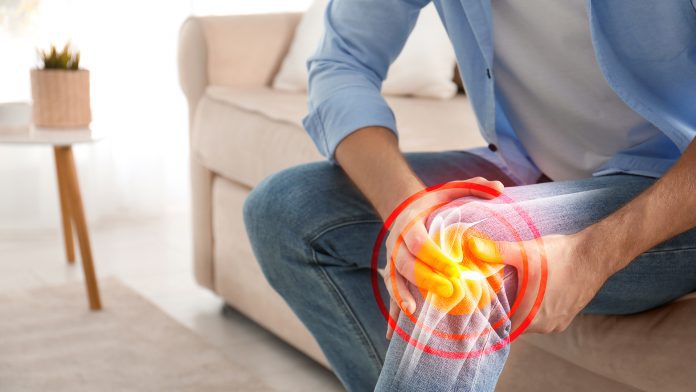
Researchers have found a link between hypermobile joints and the emergence of depression and anxiety in adolescence.
A study by researchers from Brighton and Sussex Medical School has found that young people with joint hypermobility are more likely to suffer from depression and anxiety. They also discovered that psychiatric symptoms were also more severe among patients with hypermobile joints.
The full study has been published in BMJ Open.
“Many psychiatric problems, including depression and anxiety, start before the age of 25. It is therefore important to identify the factors that may increase the risk for these disorders. Being aware of the link between hypermobility and depression and anxiety means that we can work on developing appropriate and effective treatments,” said Dr Jessica Eccles, Clinical Senior Lecturer BSMS and MQ Arthritis Research UK Fellow and lead author.
What causes hypermobile joints?
Joints are caused by genetic differences in people’s connective tissue. As connective tissue is present throughout the body it can influence the fight-or-flight response in the nervous system. When this area’s nervous system is compromised, mental health problems are more likely to develop.
Although joint hypermobility has already been associated with anxiety disorders in adults, this study is the first to explore a large sample of children and young people with hypermobile joints.
“MQ is very proud to have supported the ground-breaking work of Dr Eccles and her team. This study has highlighted the need for more targeted and bespoke support for hypermobile teenagers, particularly girls,” said Lea Milligan, CEO of MQ Mental Health Research.
“The findings don’t just show the need for support for this group of individuals, but also demonstrate the importance of research that takes a whole mind, body brain approach to health and uses longitudinal studies to improve our understanding of which demographics are at higher risk of depression and anxiety. Congratulations to Jess and her team and we look forward to the next stages in this work so that we can ensure better clinical care and treatment is provided,” continued Milligan.
Why does hypermobility lead to depression and anxiety?
Dr Neha Issar-Brown, Director of Research and Health Intelligence at Versus Arthritis, added: “Hypermobility affects one in four people in the UK. Like other musculoskeletal (MSK) conditions, it can have a profound and far-reaching impact on life, causing daily pain, fatigue and often disrupted sleep.”
“Previous studies in adults have shown that you are more likely to suffer from anxiety if you have hypermobility, and that the daily toll of painful symptoms can lead to depression. Dr Eccles’ research helps identify who is at risk at a young age, which will enable better, earlier, more targeted treatments to help young people live well with hypermobility and prevent or reduce the impact of the condition later in life.”
The Researchers used data from The Avon Longitudinal Study of Parents and Children (ALSPAC), which collected data from over 14,000 children and their parents or carers, before assessing them for joint hypermobility at both 14 and 18 years old. ASLPAC also contained data on depression and anxiety at 18 years old. The researchers then used statistical analysis to examine the link between joint hypermobility and depression and anxiety.






















